Johannesburg – The heat is on as Finance Minister Pravin Gordhan prepares to deliver his mid-term budget later on Wednesday at a time when the economy is stagnating, the nation stands on the brink of a junk credit rating and universities have been rocked by student protesters demanding free education.
While Gordhan forecast in February that the economy would grow 0.9% this year, soft commodity prices, a lackluster global economy and a crippling drought have put that target beyond reach.
The 2016 growth rate will probably be just 0.4%, according to the median estimate of 24 economists surveyed by Bloomberg. The International Monetary Fund is even more pessimistic, forecasting an expansion in gross domestic product of 0.1%.
Will the Treasury stick to its budget deficit targets?
The malaise in the economy is curbing tax revenue, frustrating Gordhan’s efforts to rein in the budget deficit – key to maintaining an investment-grade credit rating.
The fiscal gap is likely to be 3.4% for the year through March 2017, and narrow to 3% by fiscal 2019, according to the median estimates of economists surveyed by Bloomberg. That compares with a deficit target of 3.2% for the current fiscal year, 2.8% for fiscal 2018 and 2.4% the year after that in the February budget.
How will debt levels be affected?
Gross loan debt as a percentage of GDP shot up to 50.5% in the 2016 fiscal year, from 41% just three years earlier.
The ratio is projected to peak at 51% next year, before declining to 50.5% in fiscal 2019, according to the February budget. Ratings companies and investors are likely to frown on any slippage of that target.
[Source: News24]









